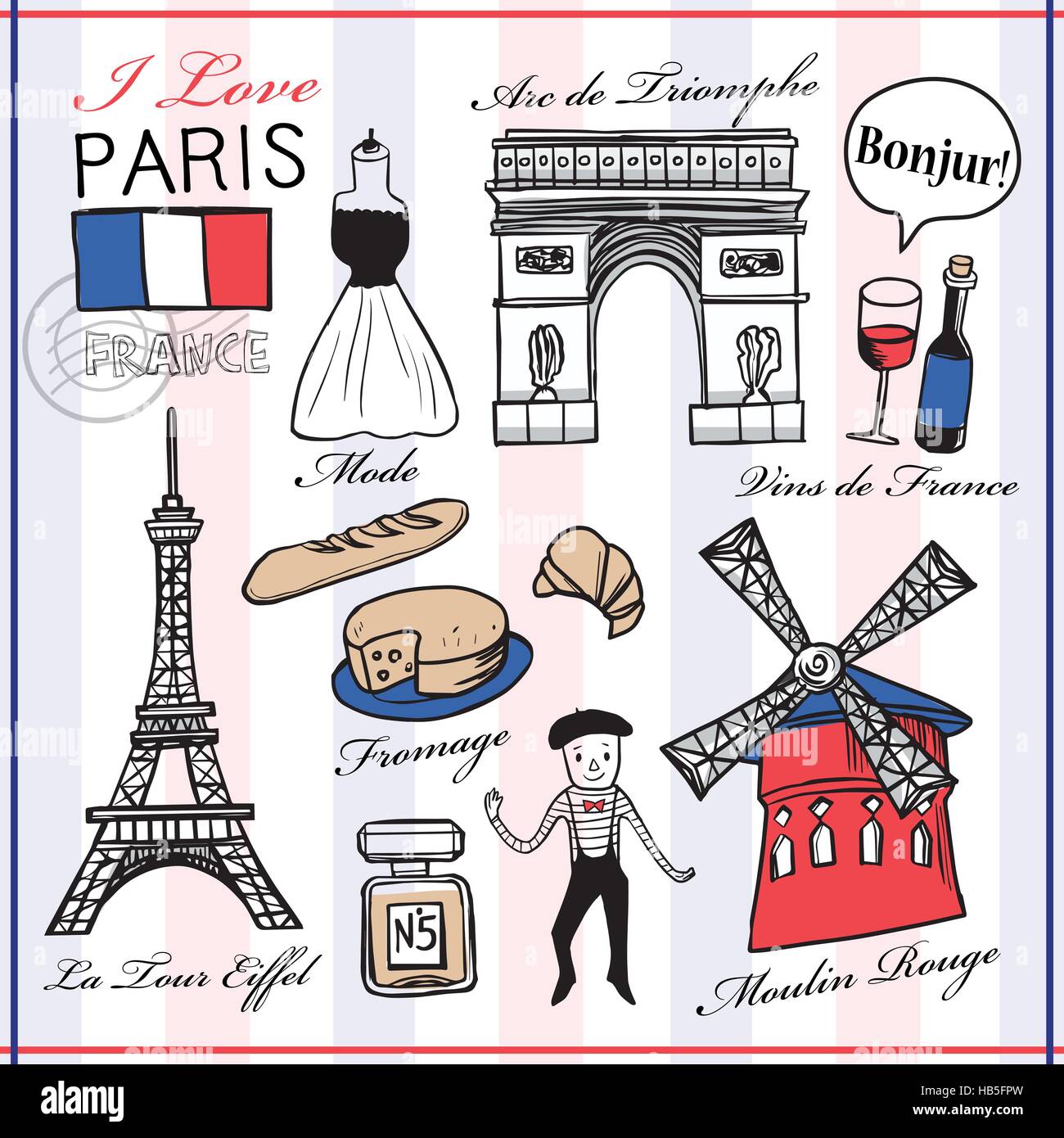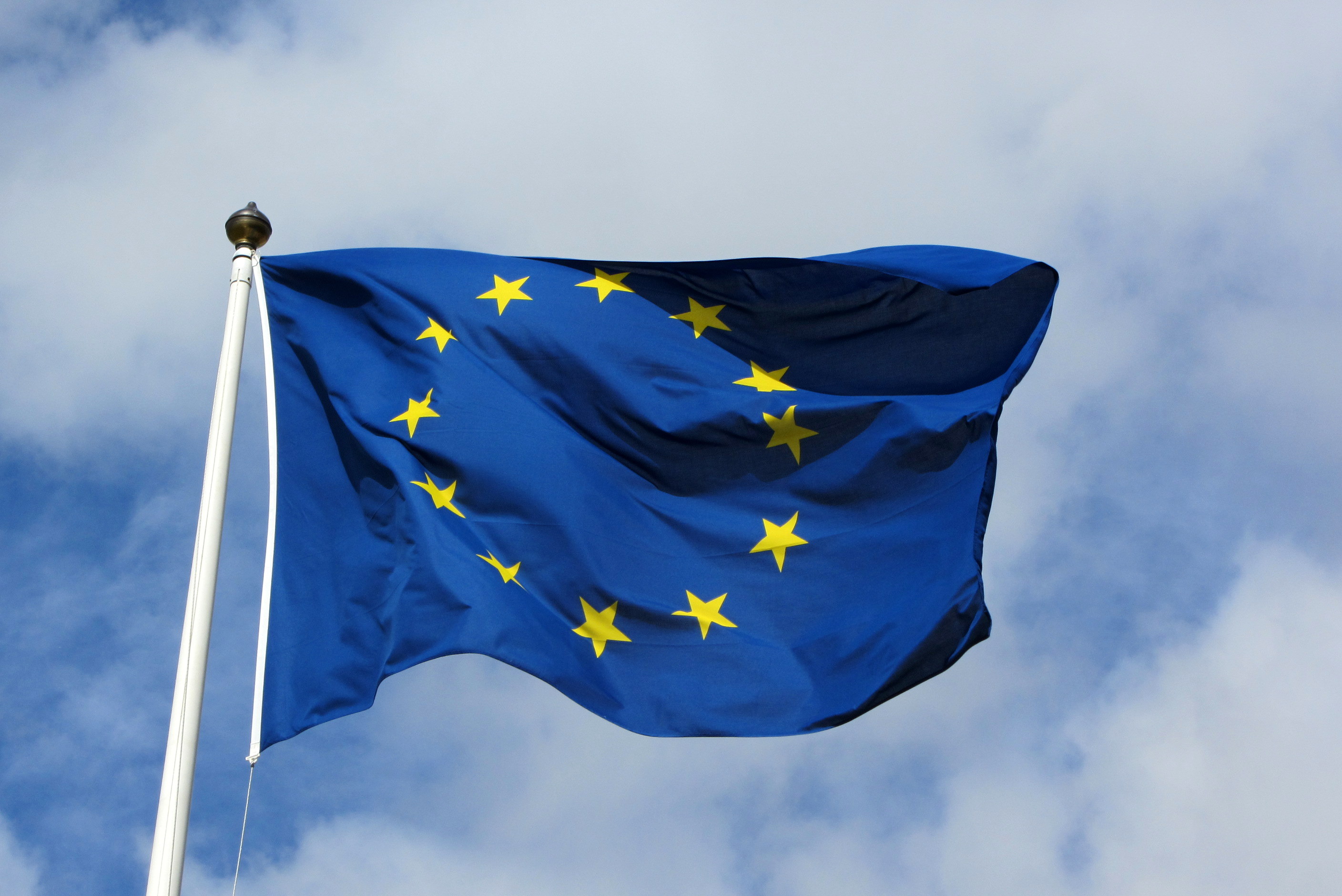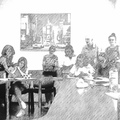:max_bytes(150000):strip_icc():format(webp)/Clipboard01-dad1e9744bf8475dad1cdac9aa543891.jpg)
The European Union (EU) is a group of 27 countries that operates as a cohesive economic and political block. Nineteen of the countries use the euro as their official currency.
Europe — the land of high culture, high fashion, delicious food and centuries-spanning history.
FRANCE is famous for fashion, the Eiffel Tower, croissants and cheese.
FRANCE is worth visiting because you can visit the Eiffel Tower, eat croissants and cheese.
ITALY is famous for ...
ITALY is worth visiting because ...

![]()


----------------------------------------------------------------------------------------------------------------------------------------------------
WORST:
LANGUAGE learning:

Most students learn English in school.
1995 European Commission’s White Paper "Teaching and learning – Towards the learning society", stated that "upon completing initial training, everyone should be proficient in two Community foreign languages". The Lisbon Summit of 2000 defined languages as one of the five key skills.
In fact, even in 1974, at least one foreign language was compulsory in all but two European member states.
On average in Europe, at the start of foreign language teaching, pupils have lessons for three to four hours a week. Compulsory lessons in a foreign language normally start at the end of primary school or the start of secondary school. In Luxembourg, Norway, Italy, Malta and Spain, however, the first foreign language starts at age six, in Sweden at age seven and in Belgium at age 10. About half of the EU's primary school pupils learn a foreign language.
The European Union has 23 official languages: Bulgarian, Czech, Danish, Dutch, English, Estonian, Finnish, French, German, Greek, Hungarian, Irish, Italian, Latvian, Lithuanian, Maltese, Polish, Portuguese, Romanian, Slovak, Slovenia, Slovene, Spanish and Swedish.
https://www.ef.com/wwen/pg/study-abroad/english/
The Erasmus Programme ("EuRopean Community Action Scheme for the Mobility of University Students"[1]) is a European Union (EU) student exchange programme established in 1987.[2][3] Erasmus+, or Erasmus Plus, is the new programme combining all the EU's current schemes for education, training, youth and sport, which was started in January 2014.

More than 9 million people have participated to the Erasmus programme since its creation. Students who join the Erasmus Programme study at least three months or do an internship for a period of at least 2 months to an academic year in another European country.
------------------------------------------------------------------------------------------------------------------------------
As an EU national you are entitled to take up work or look for a job in another EU country. 17 million of EU citizens are currently living or working abroad. The EU promotes fair employment conditions for people working abroad, as part of the European Pillar of Social Rights.
Find a job in Europe: https://ec.europa.eu/eures/portal/jv-se/home
http://europa.eu/kids-corner/countries/flash/index_en.htm
http://europa.eu/teachers-corner/pdf/europe_nutshell_en.pdf
https://ec.europa.eu/eures/main.jsp?acro=eures&lang=en&catId=1
https://www.kids-world-travel-guide.com/eu-facts.html
After the Second World War, Jean Monnet, a French political economist and diplomat came up with the idea of European cooperation. Another Frenchman, Robert Schuman, who liked Monet's idea, mentioned the plan in his speech on 9th May 1950. In 1951, six countries, Belgium, Italy, Luxembourg, the Netherlands, France and Germany formed the European Coal and Steel Community(ECSC), in 1957 the European Economic Community (EEC) was set up. Members of the EEC shared a common market, where it was easier to trade. After years of discussion other European counties joiuned the cooperation. 1973: Britain, Denmark and Ireland, in 1981 Greece, in 1986: Portugal and Spain, in 1995: Austria, Finland and Sweden. In 1992 the name was changed to European Union (EU). Hungary joined in 2004. In 2014 the EU has 28 members (Croatia joined in 2013)
People living in the EU are free to live, work or study in whichever EU country they choose, when you cross the borders between most European countries, you no longer need a passport. The EU encourages people to spend some time studying or training in another European country.
The EU has its own anthem (Ode to Joy by Beethoven), flag (12 golden stars on a blue background), a single currency (euro), a European Parliament (plus a European Commission, The Council of the European Union and the Court of Justice).
Anthem:
https://www.youtube.com/watch?v=Jo_-KoBiBG0
https://quizizz.com/admin/quiz/5f8b2be8aa155c001b2696b1/the-european-union




